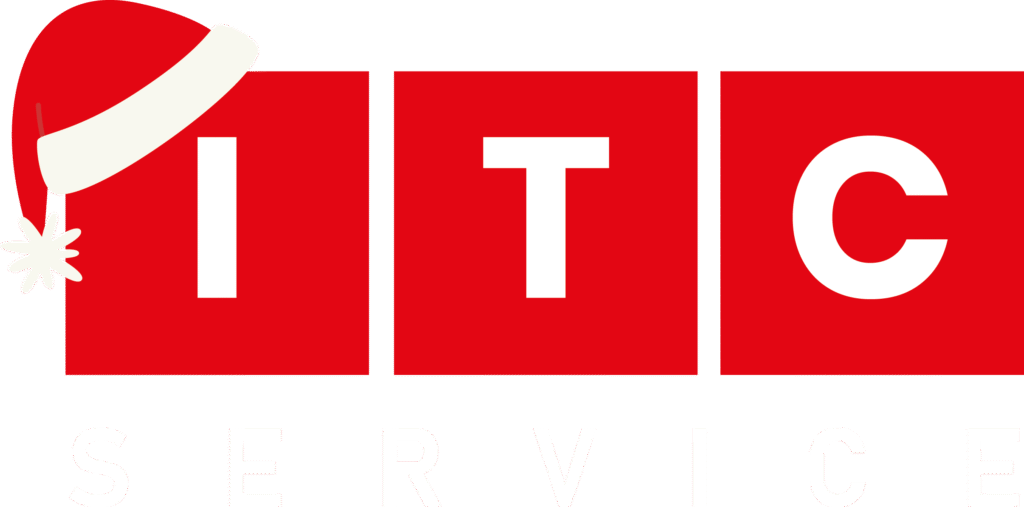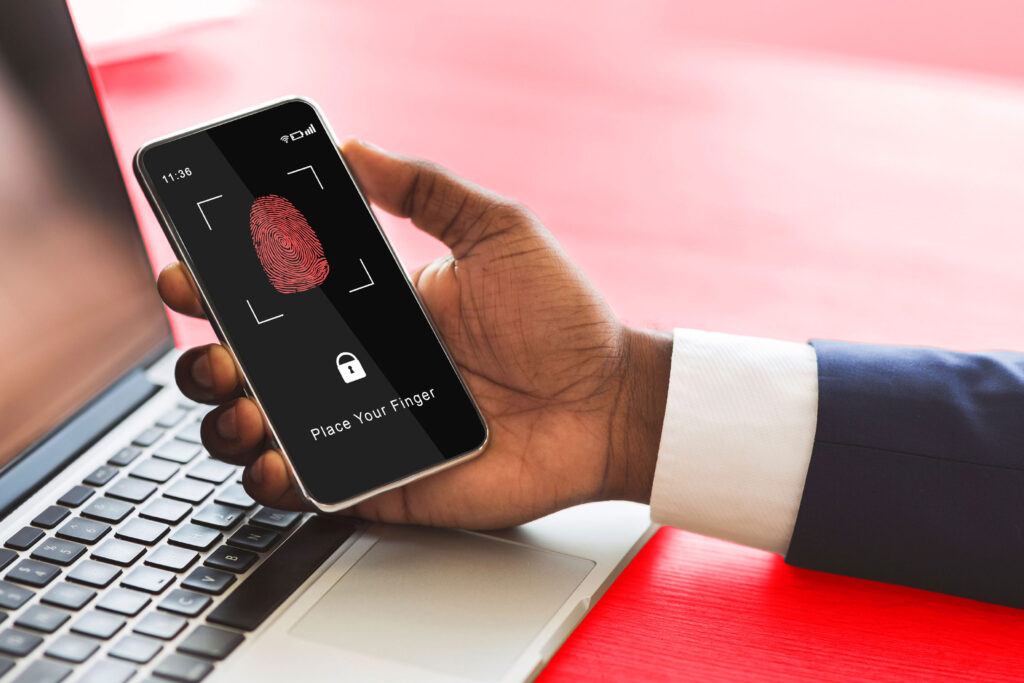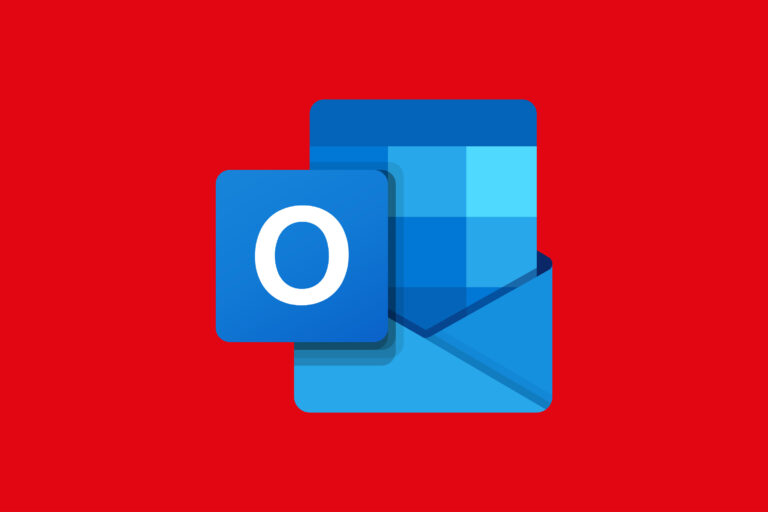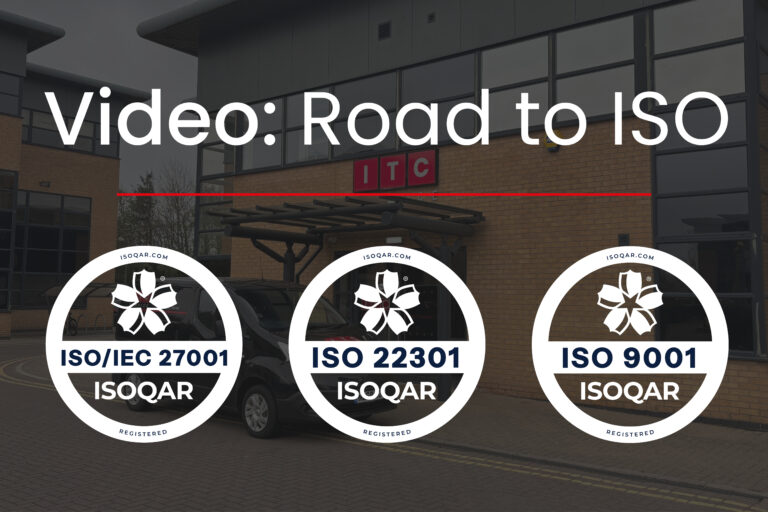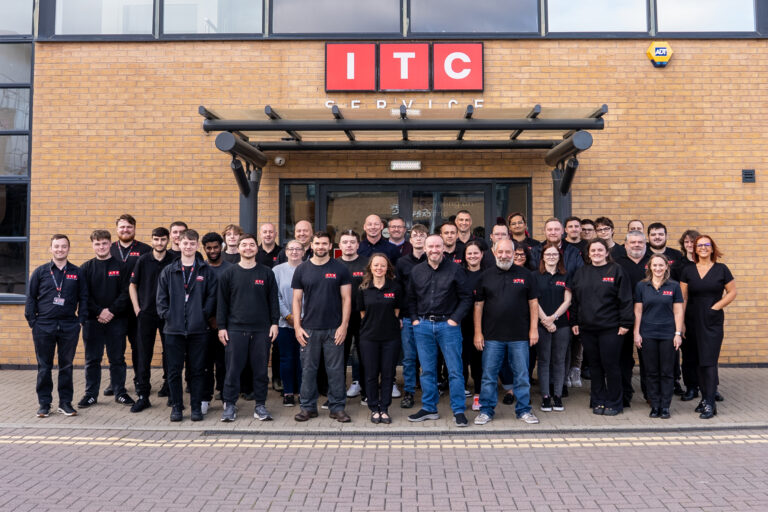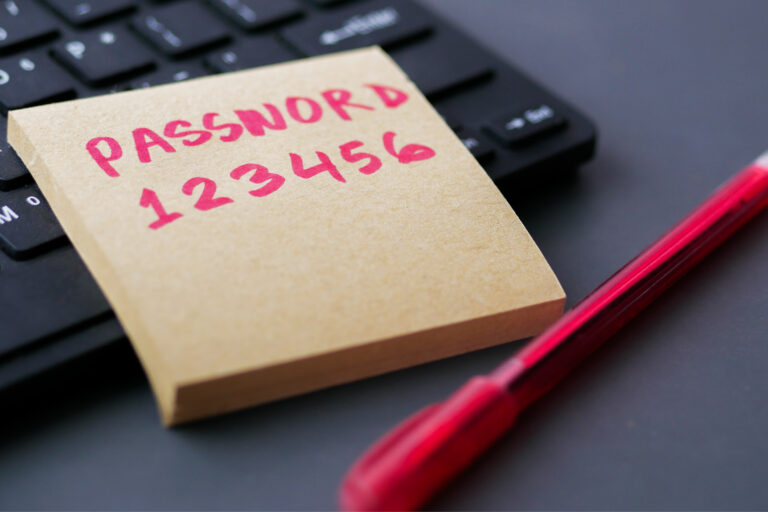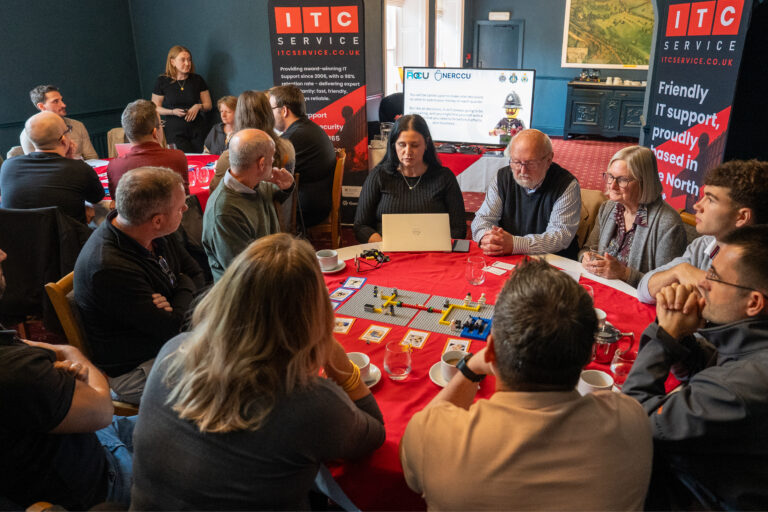Multi-factor authentication has become a critical part of modern cybersecurity. Once upon a time, passwords were the frontline of digital defence. Today, they’re just the beginning – and often the weakest link.
Cyber security should be the cornerstone of any modern business. Considering recent attacks, technological developments and the growth of AI, it’s no longer possible to think ‘It won’t happen to me’, and wish for the best.
Well, it is possible… but we wouldn’t recommend it.
Multi-Factor Authentication (MFA) is one of the simplest and most effective tools at your disposal – a quick (and reassuring) win in the face of cyber threat.
But what exactly is MFA – and why should your business care?
When you leave your house, you lock your front door – and you use your key. That’s one step towards security, but keys can be stolen. If your key is stolen, cloned, and used to access your house, the criminals can then enter freely.
The next step in securing access is adding an extra lock – something beyond just a password. This could be a biometric scan, like a fingerprint or facial recognition, or a code sent to a trusted device.
This second layer of authentication means that even if someone manages to steal your password, they’re still unlikely to gain access without the second piece of the puzzle.
And that’s Multi-Factor Authentication (MFA) in summary: an extra layer of security requiring two or more forms of verification before granting access.
How does MFA work?
In practice, most MFA systems use a combination of:
- Something you know – like a password, or entry code
- Something you have – a mobile phone with an authenticator app
- Something you are – biometrics, like a fingerprint
As an example, when you log into your emails, you’ll usually enter your password (something you know), and without MFA, that’s all it takes. With the addition of MFA, you’ll then confirm your identity with a code sent to your phone (something you have) or by scanning your fingertip (something you are).
Both additional levels require further proof of your identity, in ways which are a lot harder to replicate, clone or steal.
It’s quick, easy, and reduces the risk of unauthorised access to your accounts – even if your password has been compromised.
What does MFA mean for your business?
The threat of a cyber attack is on the rise, with small to medium-sized businesses increasingly in the firing line. Passwords alone are no longer enough to claim you have robust security in place. A study by Microsoft found that effective Multi-Factor Authentication (MFA) can reduce the risk of compromise by 99.22%.
Implementing Multi-Factor Authentication (MFA) significantly lowers the risk of a security breach. It also supports compliance with industry standards, strengthens customer confidence in how you handle sensitive data, and provides reassurance that your systems and information are better protected.
MFA is not just for Corporates
A common misconception is that MFA is suitable only for larger enterprises, but the reality is that it’s just as important – if not more so – for smaller businesses, which often have fewer resources to successfully recover from a cyber attack.
The same applies on a personal level: individuals store vast amounts of sensitive data on their devices and online accounts. It can be heartbreaking to lose an account or valuable data that matters to you, so protect it with MFA!
How easy is it to implement MFA?
The good news is that most modern platforms already support the use of MFA, making implementation and rollout a smooth process for you and your team. Often, it’s just a matter of switching it on and guiding your team through set-up.
Our team have decades of experience in designing, implementing and supporting solutions for companies looking to improve their security posture, including the delivery of MFA.
MFA is a simple, low-cost way to lock your door and add a bolt for good measure. If you’d like to learn more about rolling it our across your business. We’re here to help.

